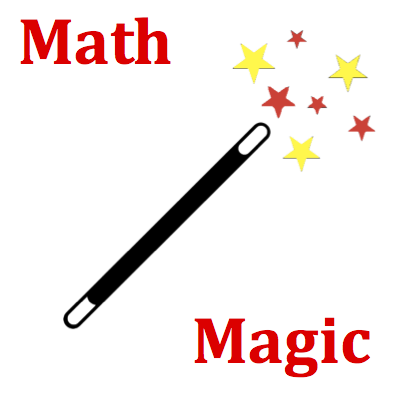Getting your Trinity Audio player ready...
Hold down the T key for 3 seconds to activate the audio accessibility mode, at which point you can click the K key to pause and resume audio. Useful for the Check Your Understanding and See Answers.
Mission F2D6 Inclined Plane Analysis - Question Group 1 Help

A 2.68-kg object is placed upon an inclined plane. The incline angle is 12.7 degrees. Friction is negligible. Use g = 9.8 m/s/sand the free-body diagram to fill in the blanks and to determine the acceleration of the object.

Click the button below to play an audio file.

A successful strategy for answering this question involves the following steps:
- Use the formulae in the Math Magic section to determine the parallel and perpendicular components of the force of gravity.
- Analyze the two forces perpendicular to the inclined plane. Knowing that there is no acceleration perpendicular to the plane allows you to assume a balance between these two forces.
- Analyze the forces parallel to the plane to determine the net force and the acceleration. Since there is no friction, the only force parallel to the inclined plane is the parallel component of the force of gravity. This is the net force.
- Use the Newton's second law equation (see Formula Fix section) to determine the acceleration from the net force and the mass.

The acceleration (a) of the object can be calculated from knowledge of the net force (Fnet) and the mass (m) of the object using the equation:
a = Fnet/ m
a = Fnet/ m

The force of gravity is neither in the direction of the acceleration nor perpendicular to it. The goal is always to have all forces directed perpendicular or parallel to each other and to the acceleration. So it is the habit on inclined plane problems such as this one to resolve the force of gravity into two components - one being parallel to the inclined plane and the other perpendicular to it. The formulas for resolving the force of gravity into its components are:
Fparallel = m • g • sine(Θ)
Fperpendicular = m • g • cosine(Θ)
